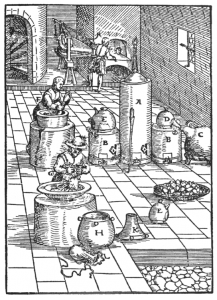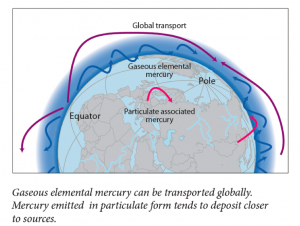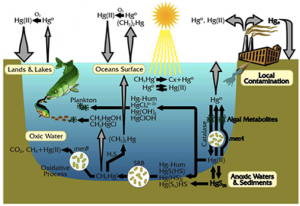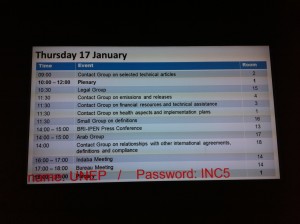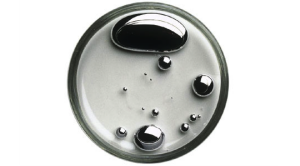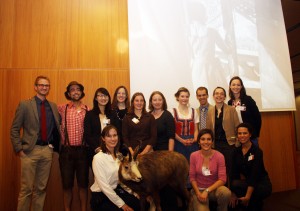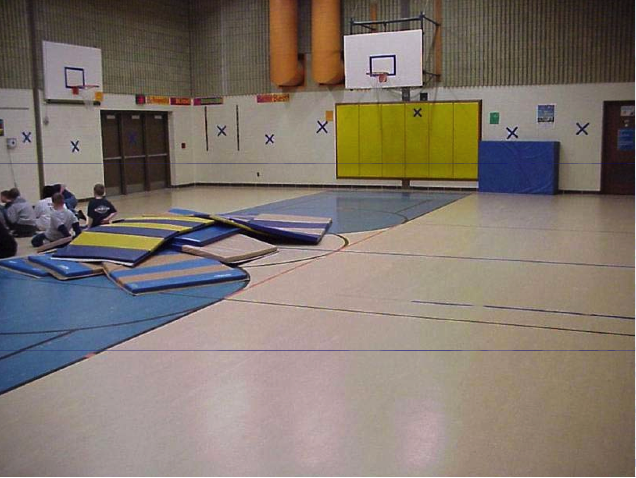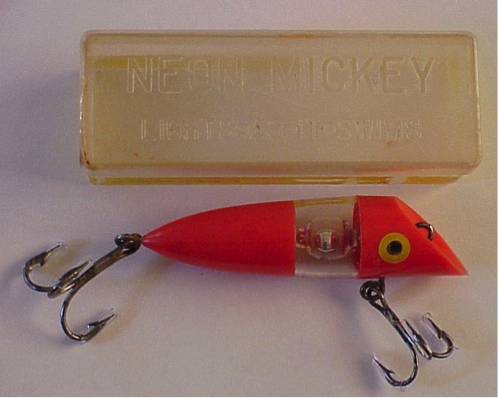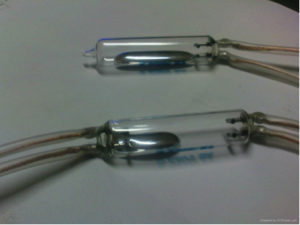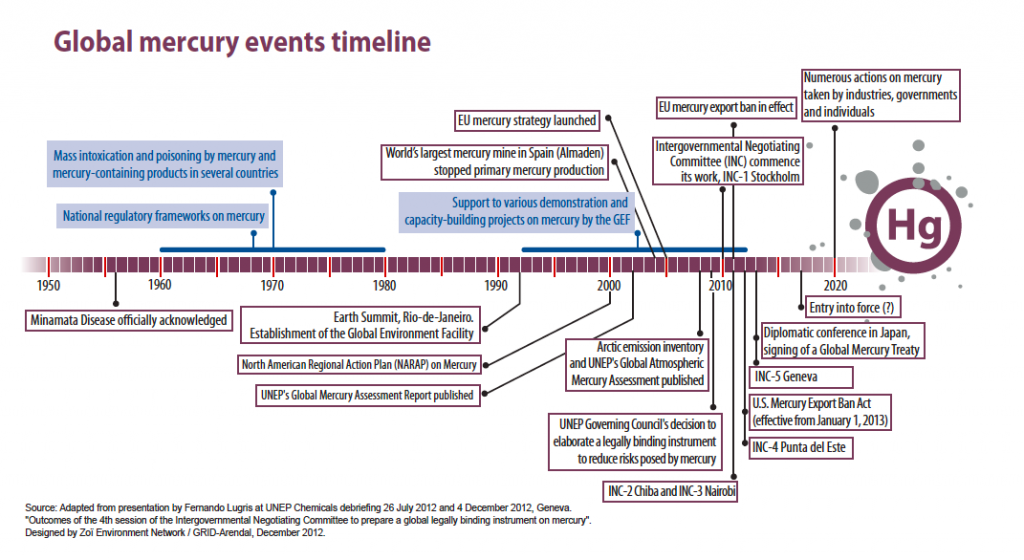By: Philip Wolfe
In writing for this blog, I’ve been considering the role of communication and message-building in science and science policy. I’m often surprised about the extent of people’s scientific knowledge. Last year I was in a bar in Cambridge that was having a trivia contest, and 90% of the trivia teams there were able to correctly identify the isotope of cesium used to define the second as a unit of time measurement. Now, this was not a random sampling of the US population at large (it was a heavy MIT crowd), but I still think that’s pretty amazing.
Yet, while I’ve been prepping for these negotiations, I have been speaking with friends and colleagues and many of them have no idea about the problems mercury poses to the world. How can the same group of people, a group that clearly has a good science foundation, be so unaware of something that is such a significant policy issue?
I don’t have a great answer (and I would love to hear thoughts from other people), but I thought it might be fun to look at how mercury and mercury-related health impacts are portrayed in popular culture to perhaps gain some insight.
It turns out there may not be a whole lot of insight to gain. Over 177 episodes of House, not once was mercury the final diagnosis, and its not like the show shied away from outré solutions. Gold, cadmium, cobalt, lead and even selenium poisoning all make it on the final diagnosis tally sheet.
In fact, mercury poisoning is rarely mentioned as even a possibility for whatever pain or illness the primary patient may have. I’ll give the writers credit, when it comes up the details are pretty accurate. In “Son of a Coma Guy,” the team guesses that seizures and visual problems could be caused by mercury exposure at a luxury yacht factory. It’s a neat throwaway fact, as mercury was formerly used in mildew-resistant paints, but that practice has been discontinued in the US since the early 90’s.
One episode of the CBS Drama The 11th Hour, in which a brilliant biophysicist solves science crimes for the FBI and stops deadly experiments (yes, that really was the premise), did look at the long lasting and potentially devastating consequences of mercury releases to lakes and watersheds. I haven’t seen the episode, but judging by the fact that the series was cancelled after just 18 episodes, I think its fair to say it wasn’t part of the cultural zeitgeist.
In movies, mercury is not represented much more. While toxic chemicals have been covered in “based on true events” movies like A Civil Action (trichloroethylene) and Erin Brockovich (hexavalent chromium), Hollywood seems to be pretty silent on mercury. The glaring exception is a wonderfully bizarre environmental agitprop horror film from the 1970s called Prophecy. In it, mercury waste from a logging company creates violent raccoons, salmon large enough to eat a duck and, worst of all, a giant bear-monster that may also be a reincarnated, evil forest spirit. What it lacks in accuracy (and it lacks a lot in accuracy) it more than makes up for in terrible special effects.
Mercury’s absence in music is a bit more understandable. “Big Issue” songs, like Joni Mitchell calling for farmers to put away their DDT, have not been in vogue over the past few decades. The Dead Kennedy’s song “Kepone Factory,” about a chemical quite similar to DDT, references the Minamata disaster. In Minamata, Japan, over 2000 people have been diagnosed with a severe neurological impairments from mercury exposure. Japanese-American composer Toshiko Akiyoshi has written a jazz suite about the Minamata disaster, but unfortunately the LP with the most acclaimed recording of this piece has not been released in the US.
I’m not sure why mercury has not been more prevalent in popular culture. The potential dangers are chilling enough and the real-life tragedies (here for example) are certainly deserving of greater acknowledgement and provide compelling narratives for art. It certainly makes it harder for scientists and policymakers to enact real change, or for victims to be compensated for that matter, because there’s such a dearth of awareness of the underlying problem.
I wonder if some celebrity took up mercury as a personal cause if it could raise the public consciousness about the issue. There is evidence that it could. In late 2008, Jeremy Piven dropped out of the Broadway revival of Speed-the-Plow, citing hydrargaria from sushi consumption. When the news broke, Google searches for “mercury poisoning” nearly doubled.
Getting a high-profile public figure to support a global treaty on mercury could be one way to improve public awareness. As a scientist though, I fear the flip side of that coin. If mercury becomes a cause célèbre overnight, there may not be enough scientifically-sound publically-available literature to properly support any nascent movement. Ask a scientist studying vaccine safety how they feel about Jenny McCarthy for an idea of how scientists can quickly find themselves unable to control a scientific conversation.


